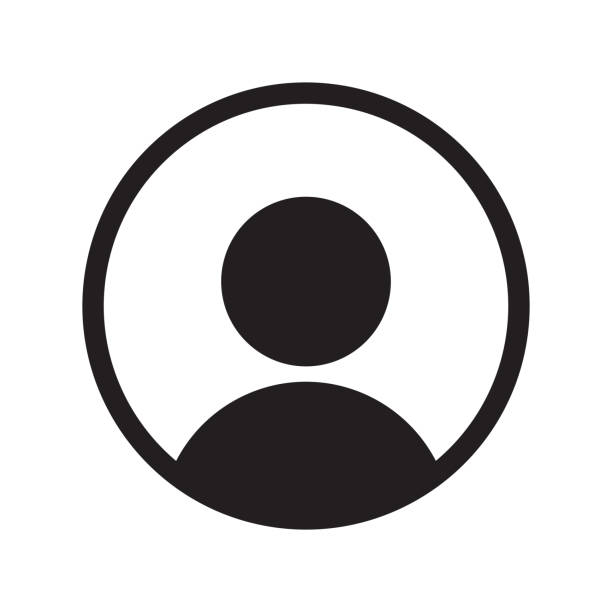Python is a simple, beginner-friendly, and powerful programming language used in web development, data science, automation, artificial intelligence, and more.
Why Should You Learn Python?
Easy to Understand → Python has a straightforward syntax similar to English.
Versatile → It can be used for multiple purposes, such as web development, AI, and game development.
Strong Community Support → Many developers use Python, so you can easily find help.
Cross-Platform Compatibility → Works on Windows, macOS, and Linux.
How to Install Python?
To begin coding in Python, follow these steps:
1. Download Python from python.org.
2. Install it and make sure to select “Add Python to PATH” during installation.
3. Verify the installation by opening Command Prompt (Windows) or Terminal (Mac/Linux) and typing:python --version
If Python is installed, it will display the version number, such as Python 3.12.1.
Writing Your First Python Program
Python code can be written in files with the .py extension, but you can also test small snippets in the interactive Python shell.
Method 1: Using the Python Shell
1. Open Command Prompt or Terminal.
2. Type python and press Enter.
3. The Python shell (>>>) will appear, allowing you to enter commands.
4. Try this simple command:print("Hello, Python!")
Output:
Hello, Python!
Method 2: Writing a Python Script
1. Open a text editor (Notepad, VS Code, PyCharm, etc.).
2. Type the following code:print("Welcome to Python!")
3. Save the file as hello.py.
4. Open Command Prompt, navigate to the file’s location, and run:python hello.py
Output:
Welcome to Python!
Python is an Interpreted Language
Unlike compiled languages like C or Java, Python executes code line by line using an interpreter. This makes it easier to write, test, and debug programs.
Basic Python Syntax Rules
- No semicolons (;) are needed at the end of a line.
- Indentation is required instead of curly brackets {} to define blocks of code.
- Case-sensitive (Hello and hello are treated as different words).
- Comments start with #, and Python ignores them.
- # This is a comment
print("Python is beginner-friendly!") # This prints text
Now that you've successfully installed Python and run your first program, you can explore:
1. Variables and Data Types (storing numbers, text, etc.)
2. Basic Operators (math, comparison, logical operations)
